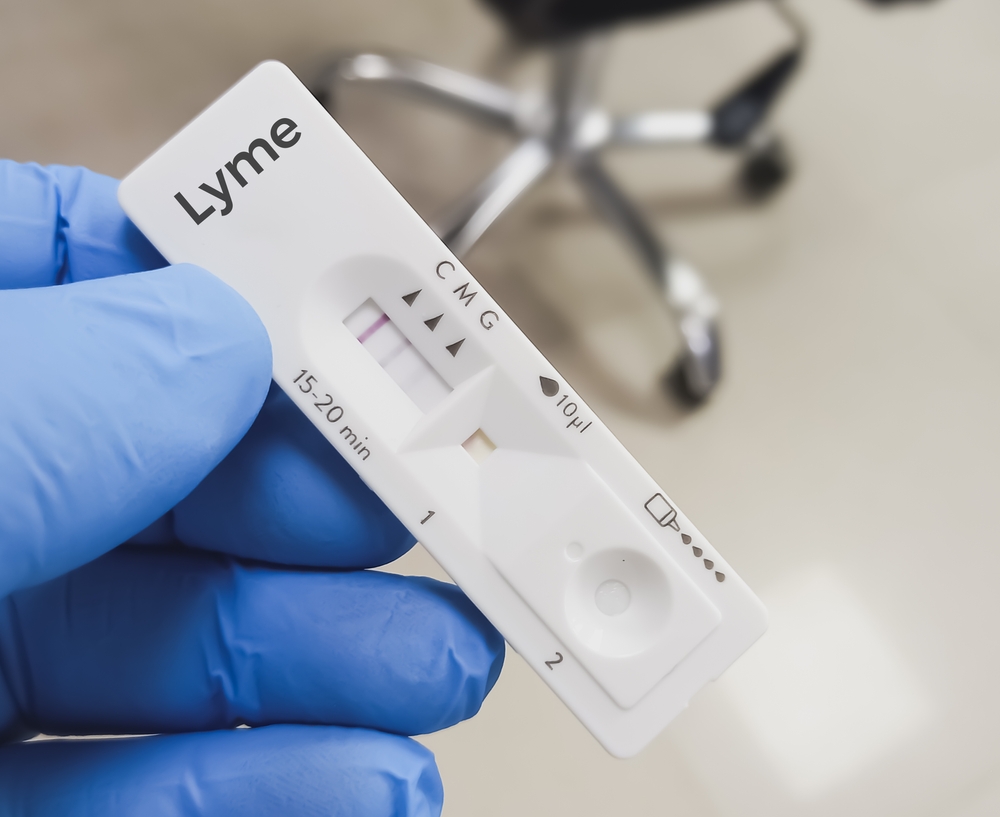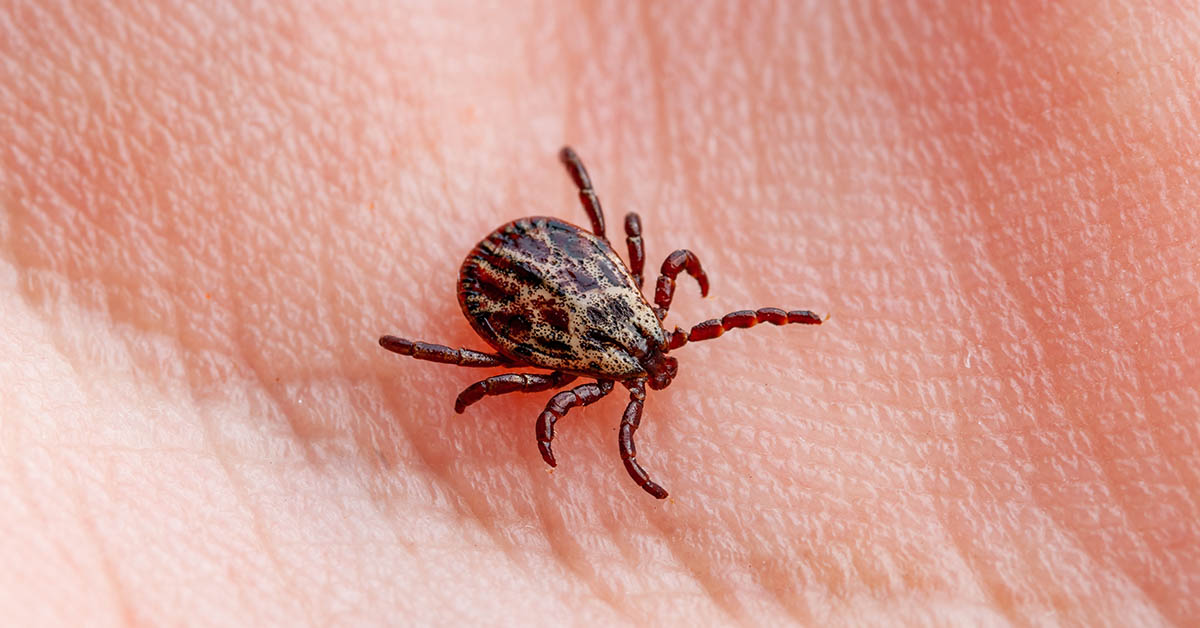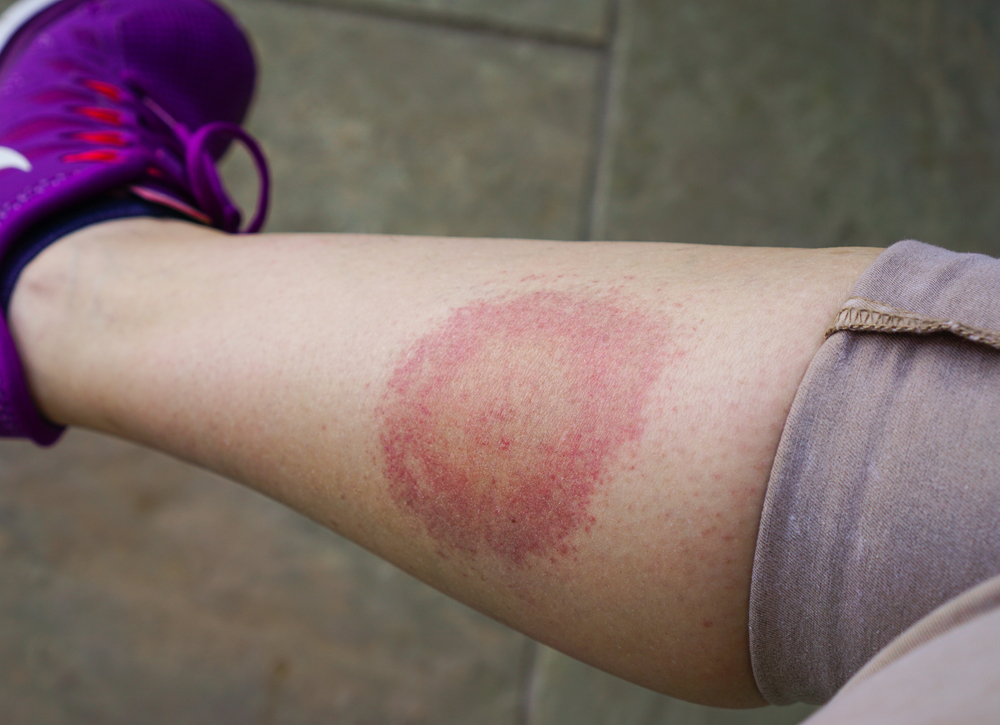Essential Guidelines for Tick Removal and Disposal
Ticks are minuscule arachnids that thrive in various environments, often becoming a nuisance during outdoor activities. While their size might suggest they are harmless, these creatures are notorious for transmitting a range of dangerous diseases to humans and animals through their bites. Understanding the proper methods for the removal and disposal of ticks is paramount to minimizing the risk of contracting tick-borne illnesses. With an increasing number of cases reported annually, being informed can help protect you, your loved ones, and your pets.

Understanding the Risks Associated with Ticks
Ticks serve as vectors for numerous diseases, including Lyme disease, Rocky Mountain spotted fever, and babesiosis. Lyme disease, caused by the bacterium Borrelia burgdorferi, can result in symptoms ranging from fever and headaches to more serious health issues affecting the heart and nervous system. In some cases, Lyme disease can lead to long-term complications, such as arthritis or neurological problems if not treated promptly.
Rocky Mountain spotted fever, while less common than Lyme disease, can be fatal if not treated right away. Symptoms include high fever, severe headache, and a characteristic rash, usually appearing as spots on the wrists and ankles. Meanwhile, babesiosis is a malaria-like illness that affects red blood cells and can cause severe complications, especially in those with weakened immune systems. Given the potential dangers posed by these diseases, it is crucial to take preventive measures when enjoying outdoor activities.

Steps for Safe Tick Removal
If you discover a tick embedded in your skin, the first and foremost action is to remove it carefully and promptly to reduce the risk of infection. Utilizing fine-tipped tweezers, grasp the tick as close to your skin as possible. Pull upward with steady, even pressure to ensure you extract the entire tick, including its head. It is vital to avoid jerking or twisting the tick, as this can compel it to expel harmful bacteria into your bloodstream, further increasing the risk of disease transmission.
After removing the tick, it’s advisable to save it in a sealed bag or container for potential identification later, especially if you develop symptoms. Knowing the type of tick can help your healthcare provider determine the risk of disease transmission based on the species.

Avoiding Common Mistakes
Many individuals may be tempted to use home remedies for tick removal, such as applying nail polish remover, Vaseline, or even using heat sources like matches. These methods can be counterproductive; they can irritate the tick, causing it to regurgitate its contents into your wound. Instead, stick to using tweezers or forceps designed for this purpose. After removal, ensure you clean the bite area thoroughly with soap and water, and consider applying an antiseptic to minimize the risk of infection.
Moreover, some people might think that squeezing the body of the tick will force it to detach. This is not only ineffective but also increases the likelihood of pushing pathogens into your bloodstream. Always focus on a steady pull to ensure complete removal.
Proper Disposal Methods for Ticks
Once you have successfully removed the tick, proper disposal is essential to prevent any further risks. Place the tick in a sealed container, such as a small jar or a plastic bag, to avoid any contact with humans or pets. Alternatively, flushing the tick down the toilet is a safe method of disposal. If you wish to monitor for any potential symptoms of tick-borne illnesses, keeping the tick for identification may be beneficial. In that case, label the container with the date of removal and the location where the tick was found.
Additionally, some people may opt to have their tick tested for pathogens. Numerous labs offer tick testing services that can provide valuable information about whether the tick carried any diseases, which can be particularly useful if you experience symptoms later on.
Checking Pets for Ticks
Pet owners should also be vigilant, as pets are susceptible to tick bites. Regularly inspect your pets, especially during peak tick season in warmer months, but also during the winter, as ticks can survive in cold environments. Focus on areas where ticks are likely to hide, such as the ears, armpits, belly, and between the toes. Employ a fine-toothed comb to part your pet’s fur and thoroughly check for any hard lumps that could indicate a tick.
Besides visual inspections, consider using veterinarian-recommended tick prevention products to further safeguard your pets. These may include topical treatments, collars, or oral medications that can help deter ticks from attaching.
Safe Tick Removal from Pets
When it comes to removing ticks from your furry companions, the technique is similar to that used for humans. Use fine-tipped tweezers and grasp the tick close to your pet’s skin. Pull straight out with gentle, consistent pressure. Avoid using your fingers to remove the tick, as this may increase the risk of squeezing its body, which can release harmful pathogens. After removal, store the tick in a sealed container for possible identification by a veterinarian, who can provide further advice based on your pet’s health and any symptoms exhibited.
It’s also good practice to monitor your pet for signs of a tick-borne illness after a tick removal. Symptoms in pets can include lethargy, loss of appetite, fever, and unusual behavior. Early veterinary intervention can make a significant difference in treatment outcomes.
Monitoring for Symptoms of Tick-Borne Diseases
After a tick bite, it is crucial to be vigilant for any symptoms that may arise. Early signs of Lyme disease include fever, fatigue, joint pain, and in some cases, the appearance of a characteristic bullseye rash. Other tick-borne diseases may manifest through symptoms like chills, headaches, and general malaise. If any symptoms develop post-bite, seek medical attention immediately. Inform your healthcare provider of the tick bite and any symptoms you are experiencing, as early diagnosis and treatment are vital to preventing more severe health issues.
Beyond Lyme disease, symptoms of other tick-borne diseases can vary significantly. For example, Rocky Mountain spotted fever symptoms typically develop 2 to 14 days after a tick bite and may initially present as a high fever and rash, sometimes accompanied by nausea or confusion. Stay informed about the different diseases transmitted by ticks to better recognize concerning symptoms.
Conclusion: Staying Informed and Safe
In summary, awareness and education about ticks are essential for anyone who enjoys the outdoors or has pets. Properly removing and disposing of ticks is a significant step toward safeguarding your health and preventing tick-borne diseases. By following established guidelines for removal and maintaining vigilance during outdoor activities, you can protect yourself and those around you from the risks associated with tick bites. Always consult a healthcare professional if you suspect exposure to ticks or exhibit symptoms related to tick-borne diseases—your well-being should always be your top priority.














